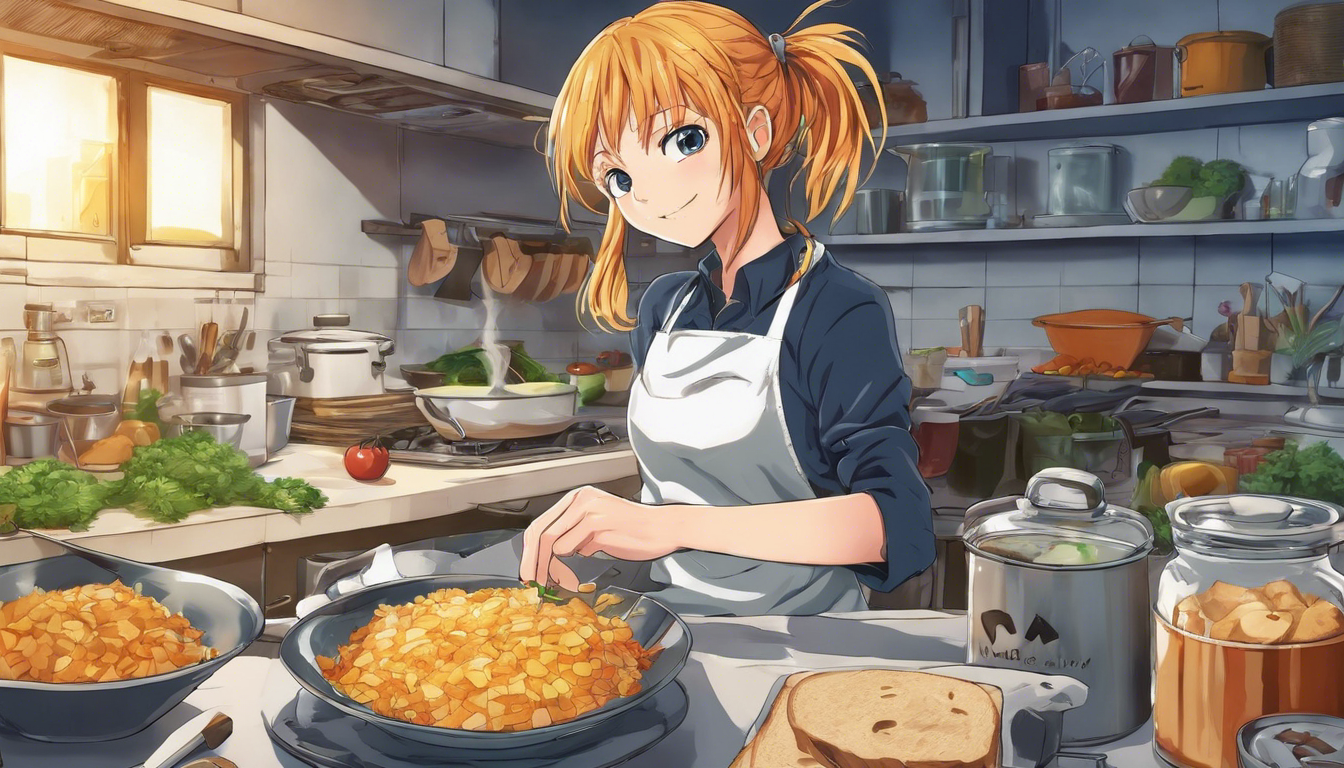
A gluten-free lifestyle involves following a diet that excludes gluten, a protein found in wheat, barley, and rye. It is essential for people with celiac disease, gluten intolerance, or wheat allergies to eliminate gluten from their diet to avoid adverse health effects. Although adapting to a gluten-free diet may seem overwhelming, cooking gluten-free meals for one can be simple and enjoyable.
Understanding Gluten-Free Ingredients
When cooking for one on a gluten-free diet, it’s important to familiarize yourself with safe and unsafe ingredients. Gluten-free alternatives are widely available and can be used as substitutes in various recipes. Safe ingredients include:
- Gluten-free grains: Quinoa, rice, corn, millet, and amaranth are excellent options.
- Fruits and vegetables: Fresh produce is naturally gluten-free and should be a staple in your gluten-free meals.
- Meats and proteins: Lean meats, fish, poultry, eggs, legumes, and tofu are safe choices.
- Dairy products: Most dairy products are gluten-free. However, it’s essential to double-check additives in flavored varieties.
- Nuts and seeds: These make for nutritious snacks and can be used in baking or cooking.
Avoid ingredients containing gluten, such as wheat flour, barley malt, and semolina. Common culprits include pasta, bread, cakes, cookies, and many processed foods.
Simple and Tasty Gluten-Free Recipes for One
Cooking gluten-free meals for one doesn’t have to be complicated. Here are a few ideas for delicious gluten-free dishes:
- Quinoa Salad: Prepare a quinoa salad with fresh vegetables, herbs, and a tangy vinaigrette dressing.
- Grilled Chicken with Roasted Vegetables: Season a chicken breast and grill it alongside a medley of colorful vegetables.
- Stir-Fried Tofu with Rice: Sauté tofu with your favorite vegetables and serve over cooked rice.
- Cauliflower Crust Pizza: Make a tasty pizza crust by blending cauliflower, cheese, and herbs. Top it with your favorite gluten-free toppings.
- Salmon with Quinoa and Steamed Broccoli: Cook a salmon fillet, serve it with quinoa, and add a side of steamed broccoli.
These recipes require minimal effort and can be easily adapted to your personal preferences. Experiment with different herbs, spices, and sauces to add variety.
Benefits and Challenges of a Gluten-Free Lifestyle
Adopting a gluten-free lifestyle comes with both benefits and challenges. The primary benefit is improved health for people with gluten-related disorders. By eliminating gluten from their diet, they experience relief from symptoms such as bloating, diarrhea, fatigue, and abdominal pain.
However, adhering to a gluten-free lifestyle can be challenging due to hidden sources of gluten and cross-contamination. It’s important to check food labels carefully, educate yourself about potential gluten sources, and ensure kitchen utensils are thoroughly cleaned to prevent cross-contact.
Key Takeaways
- A gluten-free lifestyle involves excluding gluten-containing ingredients from your diet.
- Safe ingredients include gluten-free grains, fruits, vegetables, meats, dairy products, nuts, and seeds.
- Simple gluten-free recipes for one include quinoa salad, grilled chicken with roasted vegetables, stir-fried tofu with rice, cauliflower crust pizza, and salmon with quinoa and steamed broccoli.
- The benefits of a gluten-free lifestyle include symptom relief for people with gluten-related disorders.
- Be aware of the challenges, such as hidden sources of gluten and cross-contamination, and take precautions to avoid them.
Remember to consult a healthcare professional or registered dietitian before making significant dietary changes.